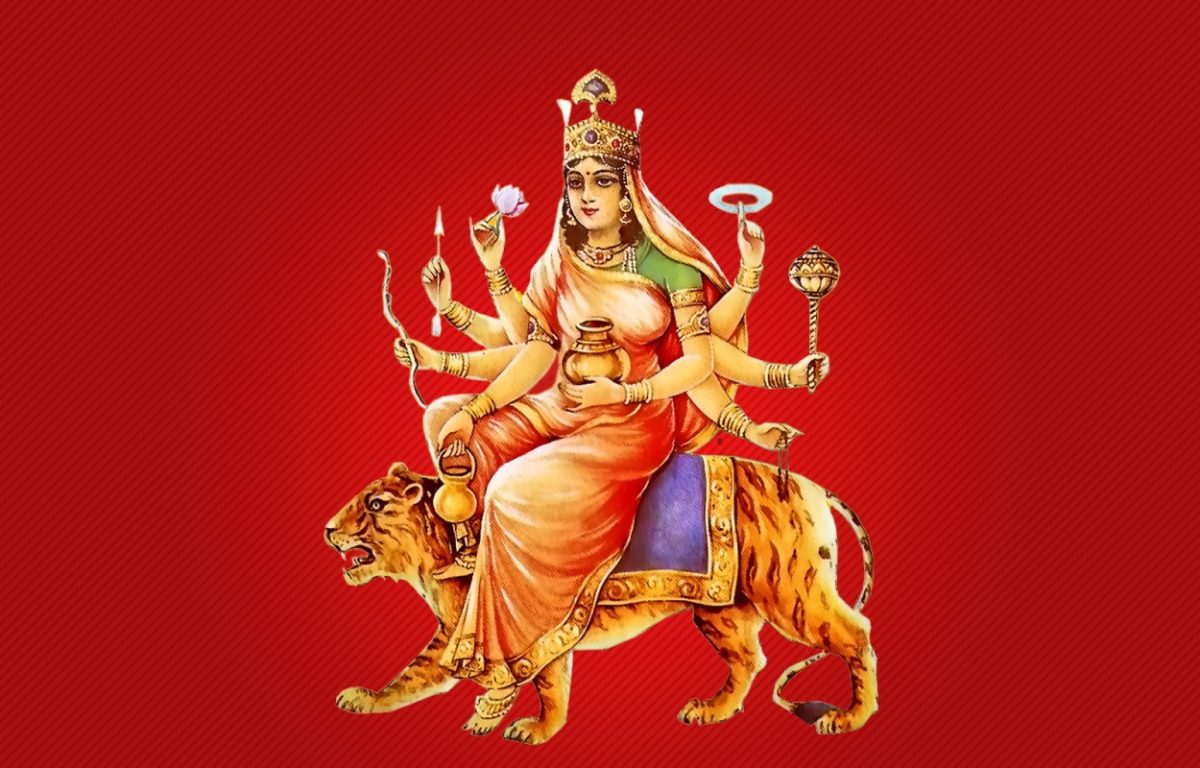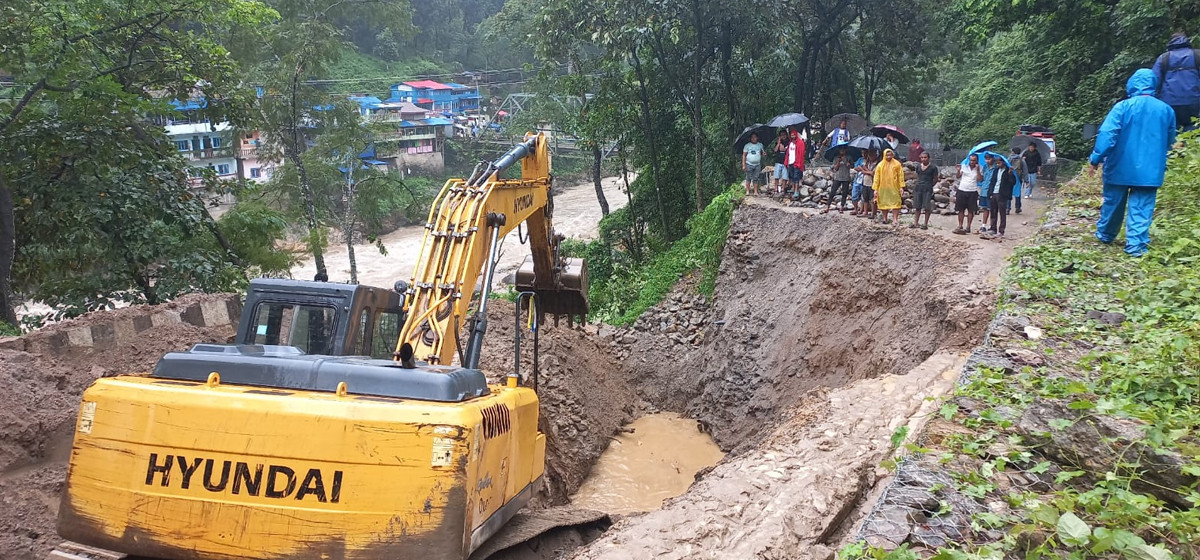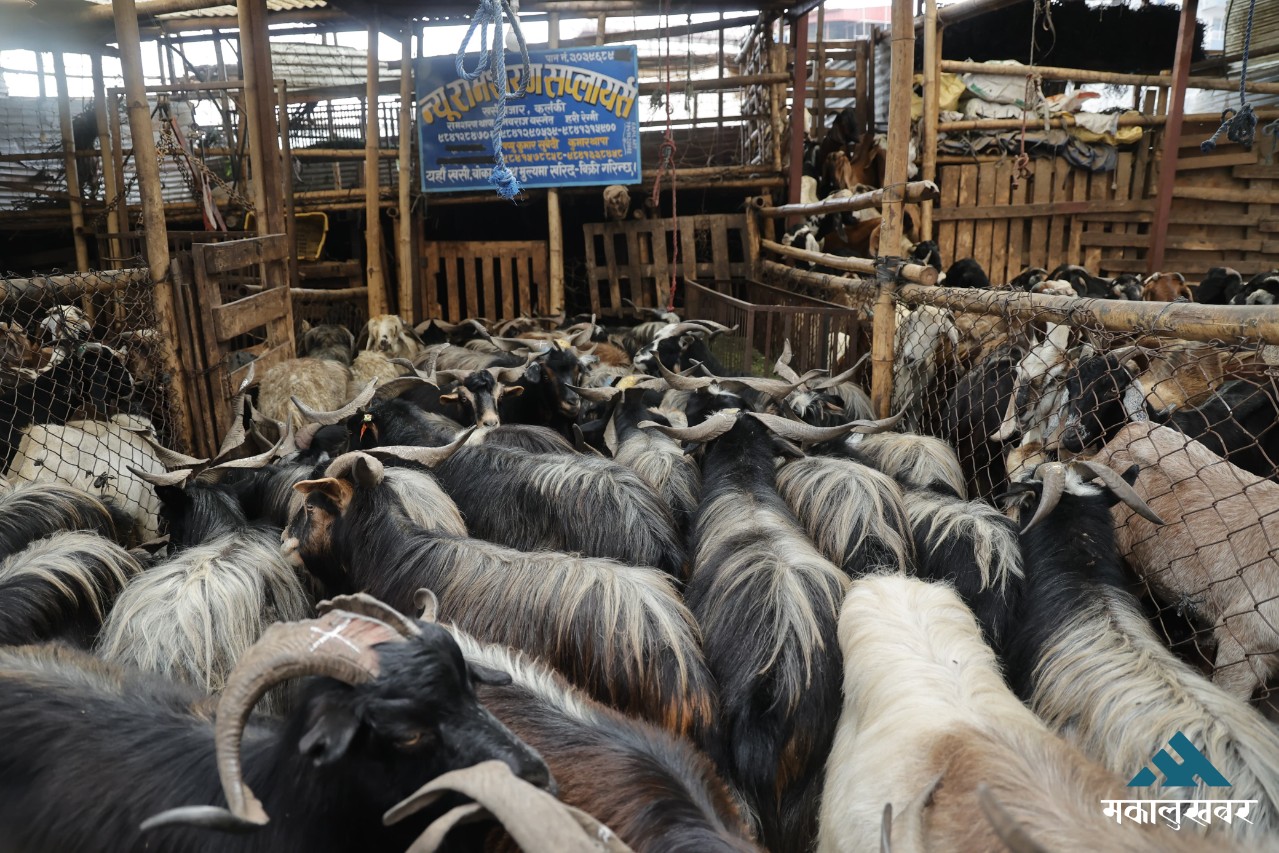Fourth day of Dashain: Goddess Kushmanda being observed
In the early morning, after self-purification, devotees sprinkle holy water collected from sacred rivers onto the Jamara (barley seeds) that were planted on the first day.

KATHMANDU: Today marks the fourth day of Navratri, a festival dedicated to the worship of Goddess Kushmanda.
Observed with devotion by Hindus, this day is part of the tradition of honoring the nine forms of Goddess Durga, collectively known as Nava Durga, which begins with Ghatsthapana.
On this auspicious day, devotees perform Vedic rituals to worship Goddess Kushmanda. The process is closely aligned with the rituals conducted on the first day of Navratri, Ghatsthapana.
In the early morning, after self-purification, devotees sprinkle holy water collected from sacred rivers onto the Jamara (barley seeds) that were planted on the first day.
This Jamara is nurtured daily as part of the Navratri tradition.
As part of the ritual, Goddess Kushmanda is worshipped alongside Mahakali, Mahalaxmi, and Mahasaraswati, representing eternal power.
The sacred urn, or Kalash, filled with water and decorated with five sacred leaves known as Pancha Pallava, is central to the worship.
According to Hindu belief, this urn symbolizes the presence of all deities, the ocean, the seven continents, and all sacred rivers and pilgrimage sites.
Navratri, celebrated from Ashwin Shukla Pratipada to the full moon, follows a sequence of daily worship for each of the nine forms of Goddess Durga.
On the first day, Shailaputri is honored, followed by Brahmacharini on the second day, Chandraghanta on the third day, Kushmanda on the fourth day, Skandamata on the fifth day, Katyayani on the sixth day, Kalratri on the seventh day, Mahagauri on the eighth day, and Siddhidatri on the ninth day.
This sacred festival unites devotees across the world in the celebration of divine feminine power, as each day brings new blessings and spiritual strength.









